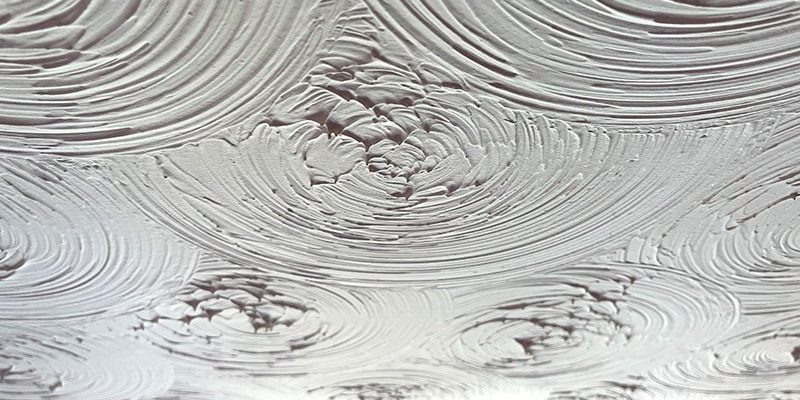An asbestos ceiling can be a hidden danger lurking above our heads. From office buildings to residential homes, asbestos ceilings were once a popular choice due to their fire resistance and durability. However, over time, the health risks associated with asbestos fibers have become widely known. If you suspect your ceiling may contain asbestos, it’s crucial to take immediate action to ensure the safety of your environment. Let’s delve into the world of asbestos ceilings, uncovering the risks, detection methods, and potential solutions for a safer living space.
The Dangers of Asbestos Ceiling: What You Need to Know
Welcome, dear readers, to today’s informative blog post where we delve into the world of asbestos ceiling. You may have heard the term “asbestos” before, but do you know what it means when it comes to your home’s ceiling? Let’s explore the dangers, history, and potential risks associated with asbestos ceilings.
What is Asbestos?
First things first, let’s understand what asbestos is. Asbestos is a naturally occurring mineral that was once widely used in construction for its heat resistance and durability. It was a popular choice for ceiling materials, among other things, due to its fire-retardant properties. However, it was later discovered that asbestos exposure can lead to serious health issues, making it a hazardous material.
The History of Asbestos Use in Ceilings
Asbestos gained popularity in the mid-20th century and was commonly used in building materials, including ceiling tiles, insulation, and more. Its affordability and fire-resistant properties made it a go-to material for construction projects. Unfortunately, the health risks associated with asbestos were not fully understood at the time, leading to widespread use in buildings across the country.
The Dangers of Asbestos Ceiling
So, what makes asbestos ceilings dangerous? When asbestos-containing materials, such as ceiling tiles or insulation, are disturbed or damaged, they can release microscopic fibers into the air. Breathing in these fibers can lead to serious health conditions, including lung cancer, mesothelioma, and asbestosis. It’s crucial to be aware of the risks associated with asbestos ceilings to protect yourself and your loved ones.
Identifying Asbestos Ceiling
Identifying asbestos in your ceiling can be challenging since it is often hidden from plain sight. If your home was built before the 1980s, there is a higher chance that it may contain asbestos materials, including the ceiling. Hiring a professional for asbestos testing is the best way to determine if your ceiling contains asbestos. Remember, never attempt to inspect or remove asbestos-containing materials on your own.
Managing Asbestos Ceiling in Your Home
If your ceiling does contain asbestos, it’s essential to take the necessary steps to manage it safely. This may include sealing off the area, encapsulating the asbestos-containing materials, or in some cases, removing and replacing the affected ceiling tiles. Always consult with a certified asbestos abatement professional to ensure proper handling and disposal of asbestos materials.
Asbestos Ceiling Removal Process
When it comes to removing asbestos from your ceiling, it’s not a DIY job. Proper asbestos removal requires specialized training, equipment, and safety precautions to prevent fiber release and exposure. A licensed asbestos abatement contractor will follow strict guidelines set by regulatory agencies to safely remove and dispose of asbestos-containing materials from your ceiling.
Protecting Yourself from Asbestos Exposure
Whether you are a homeowner or a renter, knowing how to protect yourself from asbestos exposure is crucial. Avoiding DIY renovations that may disturb asbestos-containing materials, ensuring proper ventilation when working in areas with asbestos, and seeking professional help for asbestos testing and removal are some of the steps you can take to safeguard your health.
In conclusion, asbestos ceilings pose a significant risk to your health if not handled properly. Understanding the dangers, identifying asbestos materials, and taking appropriate measures to manage and remove asbestos from your ceiling are essential steps in ensuring a safe living environment for you and your family. Remember, when it comes to asbestos, safety always comes first.
Thank you for joining us on this journey to explore the world of asbestos ceilings. Stay informed, stay safe, and until next time!
What do you do with an ASBESTOS ceiling? 🫣
Frequently Asked Questions
What is asbestos and why was it used in ceilings?
Asbestos is a mineral fiber known for its strength, heat resistance, and insulating properties. It was commonly used in ceilings and other building materials due to its fire-retardant qualities and durability.
How can I tell if my ceiling contains asbestos?
The only way to definitively determine if your ceiling contains asbestos is by having a sample tested by a certified asbestos professional. Visual inspection alone is not enough as asbestos fibers are microscopic and not visible to the naked eye.
Is asbestos in ceilings dangerous to my health?
Yes, asbestos fibers, when disturbed and inhaled, can pose serious health risks, including lung diseases like asbestosis, lung cancer, and mesothelioma. It is crucial to handle any asbestos-containing materials with caution and seek professional help for removal.
Can I paint over an asbestos ceiling to encapsulate it?
While painting over an asbestos ceiling may encapsulate the fibers temporarily, it is not a permanent solution. Over time, the paint may deteriorate, potentially releasing asbestos fibers into the air. It is best to consult with asbestos removal experts for proper handling of asbestos-containing ceilings.
Final Thoughts
In conclusion, it is crucial to be aware of the dangers associated with asbestos ceiling. Regular inspection and timely removal of asbestos-containing materials are necessary to safeguard health. Ignoring the presence of asbestos ceiling can lead to serious respiratory illnesses. Taking proactive steps to address this issue will create a safer environment for everyone.

